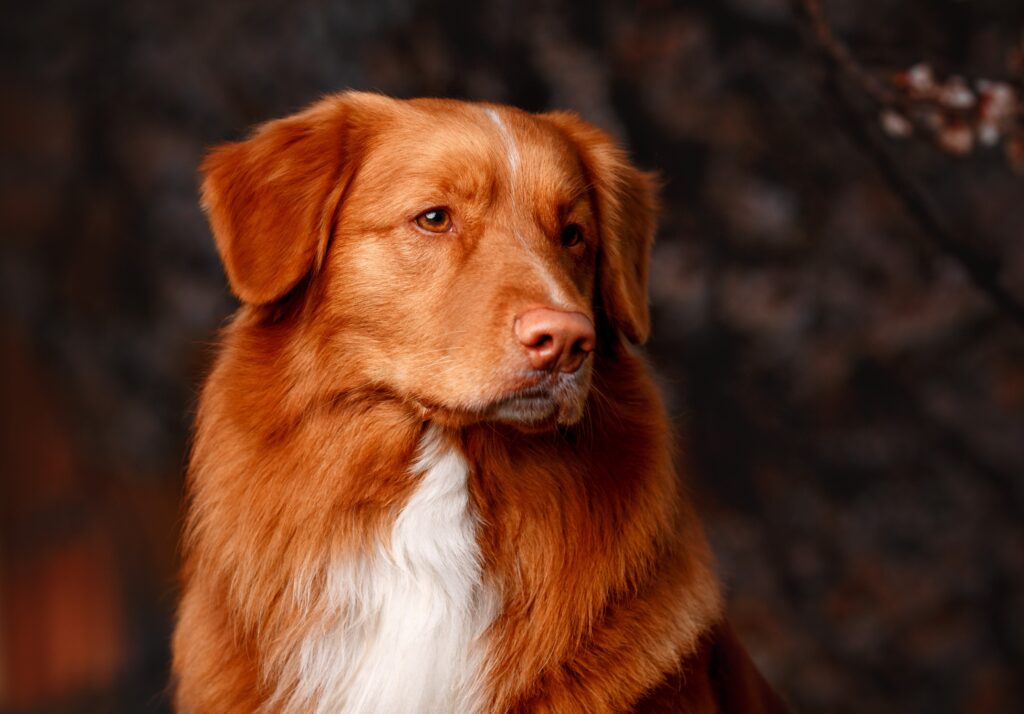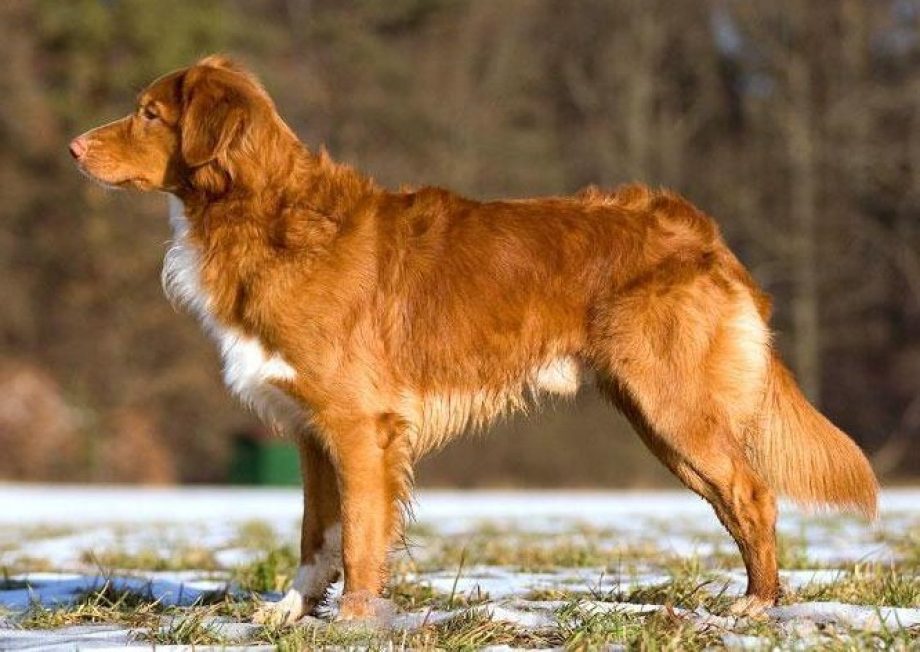The Nova Scotia Duck Tolling Retriever (or Toller as it is also referred to) is a medium-sized gundog, bred to toll (lure) and retrieve waterfowl from the icy rivers and lakes of Nova Scotia.
It is the smallest of the retriever breeds and is generally more agile and athletic than other retrievers. It has a beautiful coat which can range from a golden red through to a dark copper, offset by white markings usually on the chest, feet and tip of the tail. They also have webbed feet, which enable this breed to swim powerfully. They are strong dogs, bursting with energy, enthusiasm and intelligence and relish endless opportunities to hike, run and swim. They also excel at activities such as agility, flyball, tracking and obedience. The Toller has an excellent temperament, being gentle and sociable and is especially good with children. For the active individual or family, this dog makes a terrific and fun companion.

History
The breed originated in the mid-19th century in Nova Scotia, Canada, where it was developed to toll (lure) wildfowl within the range of guns. In their heritage is a mixture of retrievers, spaniels and setters. They were originally referred to as the Little River Duck Dog are were officially recognised as purebred dogs in 1945.





